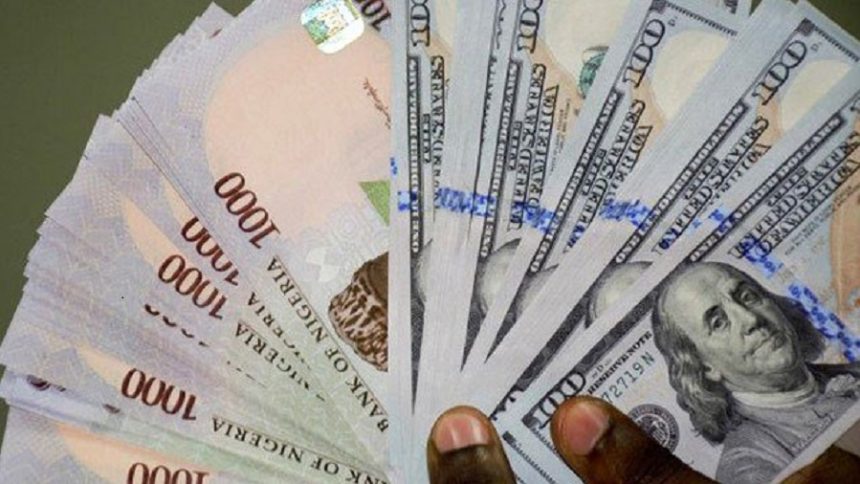The naira on Friday depreciated to N1,538 per dollar in the parallel market, weaker than N1,535/$ recorded on Thursday.
Similarly, in the Nigerian Foreign Exchange Market, the naira slipped to N1,503.5 per dollar from N1,503/$ on Thursday, reflecting a 50 kobo depreciation.
Data published by the Central Bank of Nigeria on Friday confirmed the official exchange movement.
Consequently, the margin between the parallel market and NFEM rate stood at N32/$, unchanged from Thursday.
For the week, the naira appreciated by N9.5 against the dollar in the official market.
However, in the parallel market, the local currency lost N8, after opening the week at N1,530/$.
Nigeria’s economy, heavily reliant on crude oil exports for foreign exchange earnings, is susceptible to global oil price fluctuations.
A decline in oil prices or a drop in production can significantly reduce the country’s foreign currency inflows. Compounding this issue is a high demand for foreign currency, primarily driven by the need to import raw materials and finished goods, and for a range of services, including international school fees and medical tourism.
Over the years, the CBN has implemented various policies to manage these challenges. These have included a dual-exchange rate system, which the government has recently moved away from in an attempt to unify the official and parallel markets.
Despite these reforms, the parallel market continues to thrive due to a persistent shortage of dollars in the official market, leading individuals and businesses to seek alternative sources.
The current administration’s decision to float the naira has been a major factor in the recent volatility.
This policy, aimed at allowing market forces to determine the currency’s value, has led to a significant depreciation.









